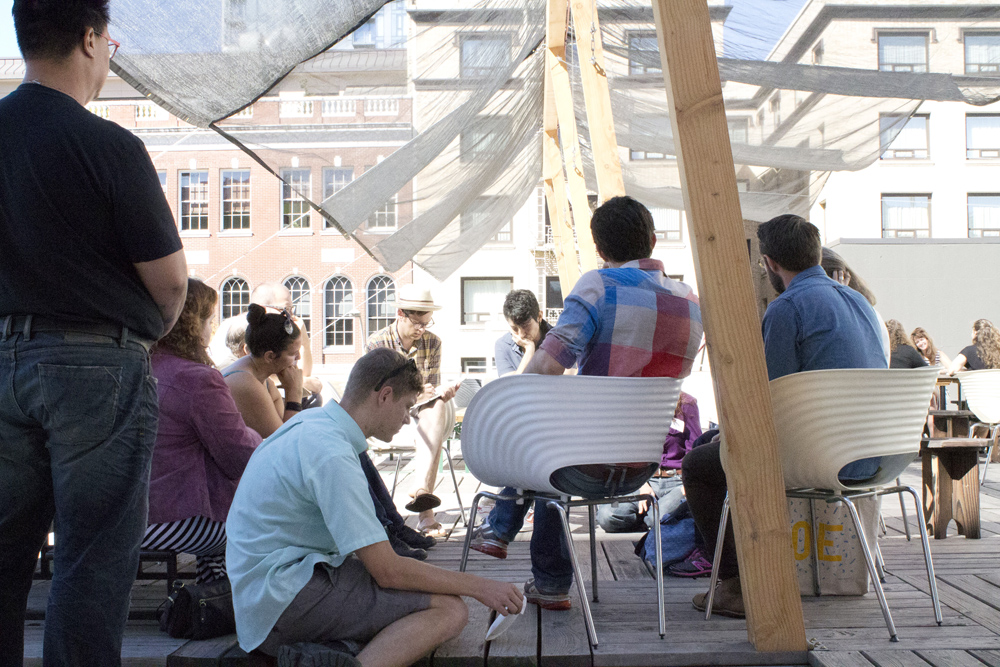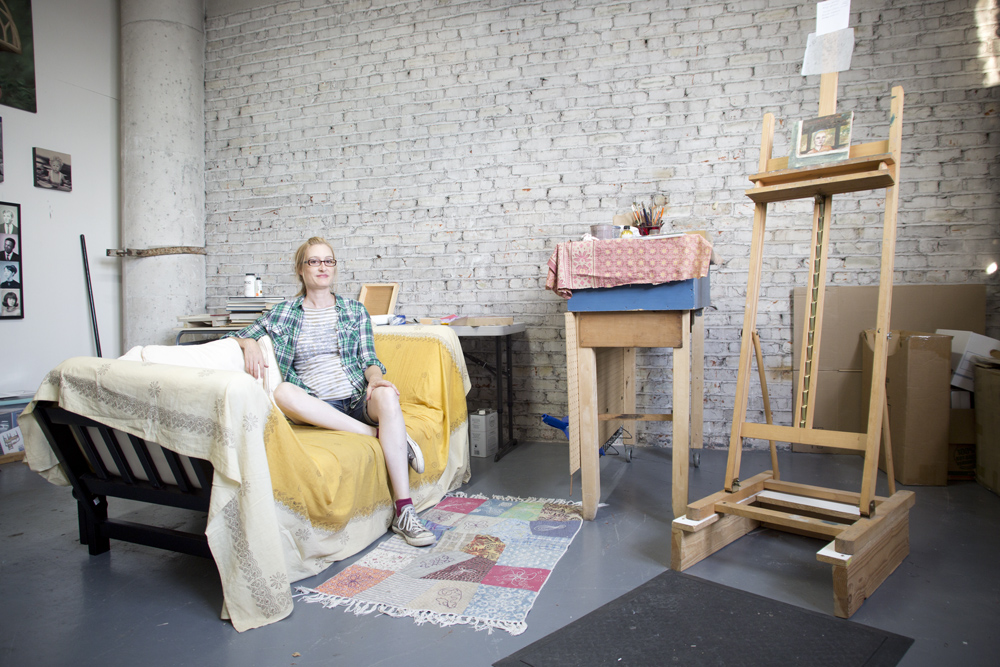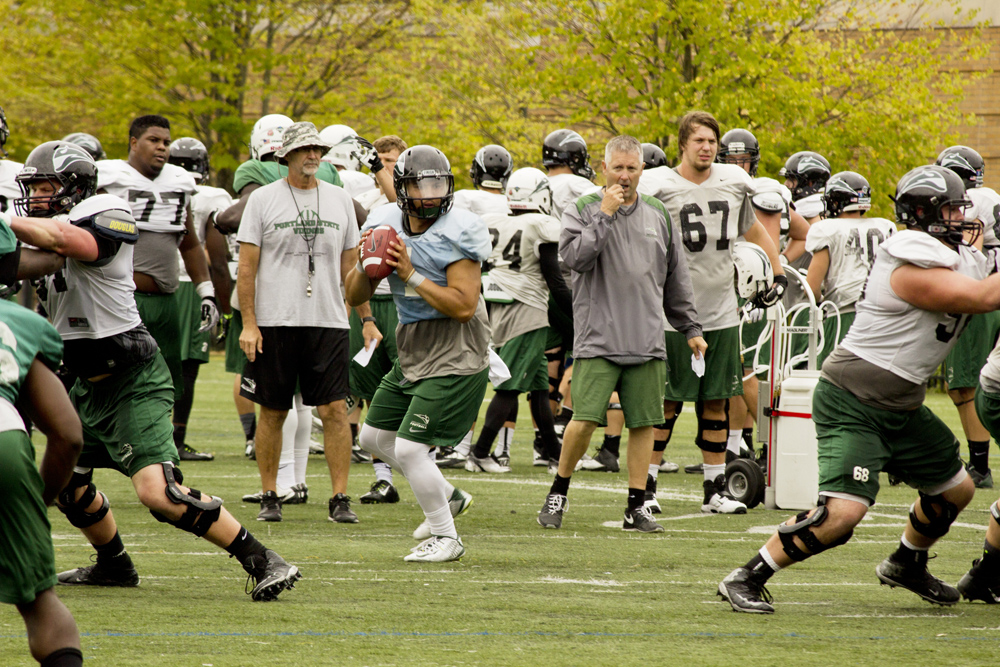Theaters, pop-up art galleries and public spaces suddenly became the staging grounds for the Portland Institute for Contemporary Art’s Time-Based Art Festival from Sept. 11—Sept. 21. The festival was an opportunity for artists to showcase their artwork and performances, with the aim of energizing the city through artistic expression.
Every year, TBA attracts thousands from around the world. In 2007, the festival drew more than 21,000 participants.
“What draws me to contribute work and energy to TBA is the healthy exchange between the energy I have given to TBA and what it has given to me in the form of allowing me to see work I would not otherwise be able to see, inviting me to learn about the work through its programming, inviting me to consider the work and, this year, to make work for exhibition,” said Lisa Radon, a Portland-based artist exhibiting a piece at this year’s TBA titled “Infinity Increaser.”
The Works, which was hosted in the institute’s Fashion Tech building, was a social space where TBA’s attendees went to wind down, watch drag balls and take part in community-building experiments. While the community that attended The Works was largely artists, it was also populated by doctors, lawyers, business-people, service workers, critics, drag queens and government employees.
“The Works is just a fun place where people can shed their personas and have a drink, chat and build connections, [and] get feedback on their work if they’re artists. It’s got something for everyone,” said Cassie Skauge, coordinator of The Works.
Much of the setup for the festival was done by volunteers. Volunteering is one of many ways people outside of the arts community become involved in TBA.
“Volunteering brings in people from a wide variation of backgrounds. You don’t need to be an artist to lend a hand, or have any specific or advanced skill set. Any set of hands helps,” Skauge said.
Another TBA participant, Ernest Hayes, talked about how he was introduced to the festival.
“A friend of mine convinced me to attend a dance performance, which is something I wouldn’t usually get to do,” Hayes said. “It really kindled an interest in the community and the festival.”
Hayes said he works for Clackamas County’s Board of Commissioners, but that this is his second year participating in TBA. He said he has no plans to quit.
“The whole thing is really neat. And it opens a lot of lines of communication for everyone on topics we should be talking about, topics that really matter for our world, in our society,” Hayes said.
Part of what made TBA’s brand of contemporary art so meaningful, unique and beautiful is how many avenues it opened for intercommunication. One needs not be an artist in order to enjoy or wonder about it.
Additional information about TBA can be found at the institute’s website, pica.org, or the PICA offices, located at 415 SW 10th Ave. across from the streetcar stop. The volunteer list is often distributed two months before the festival begins.






